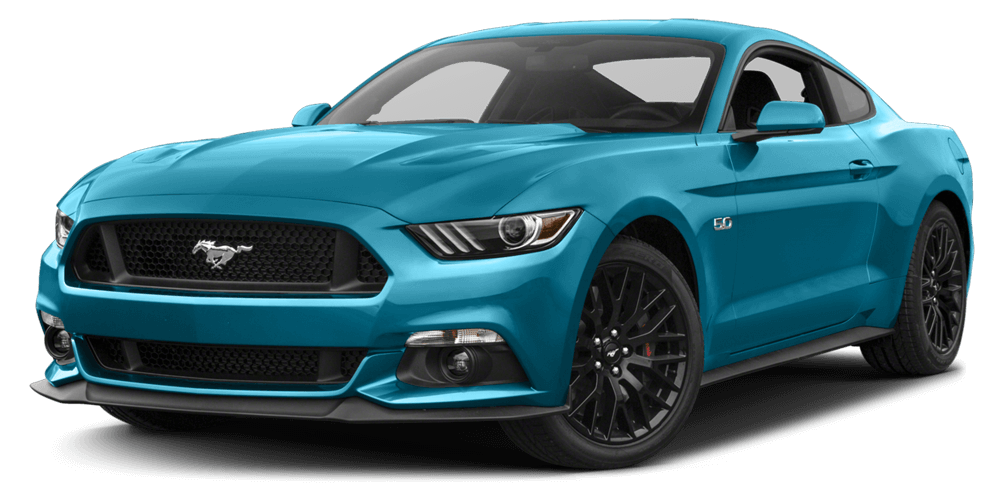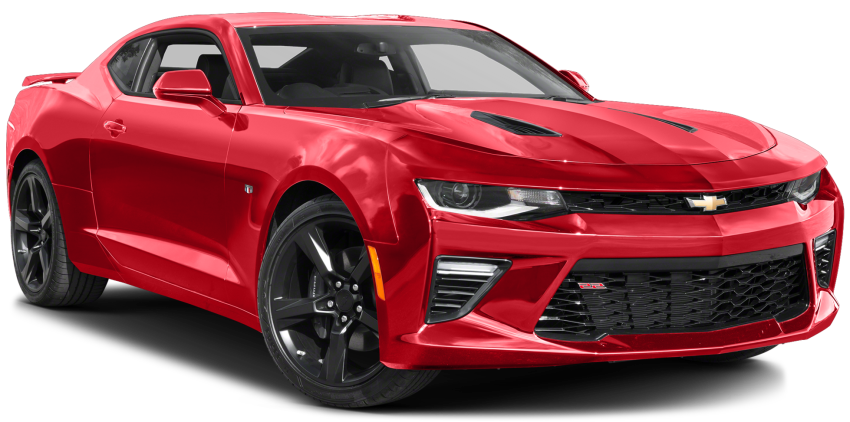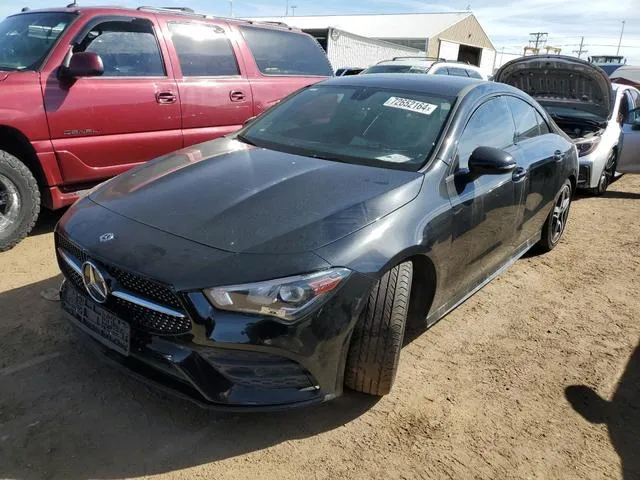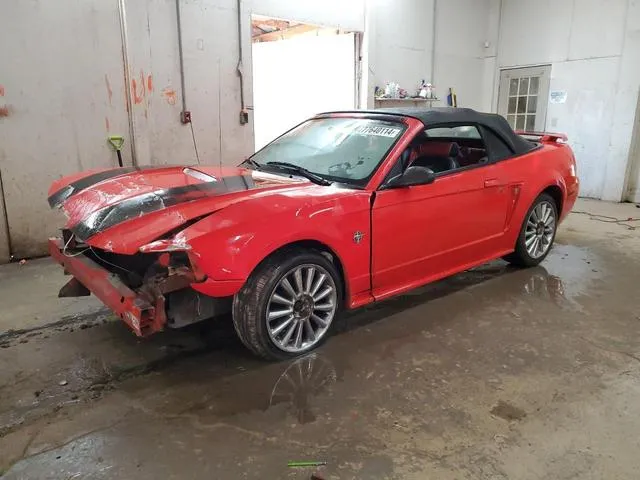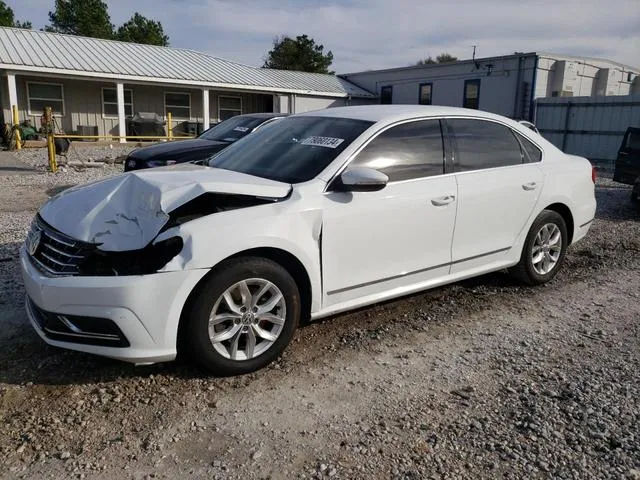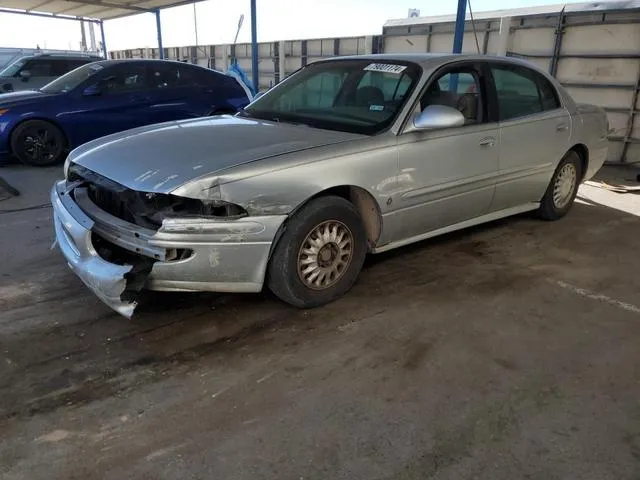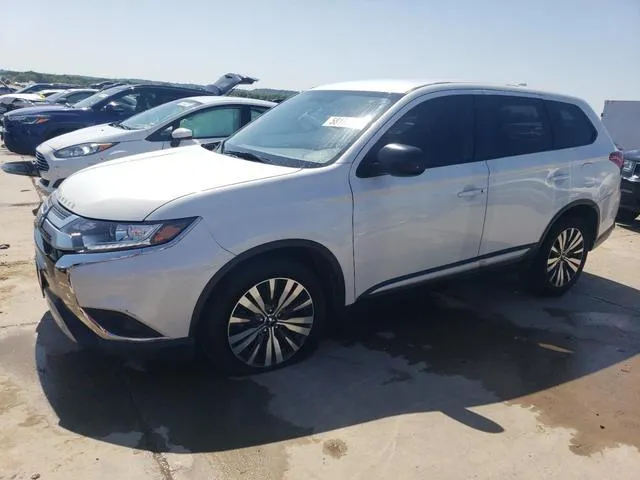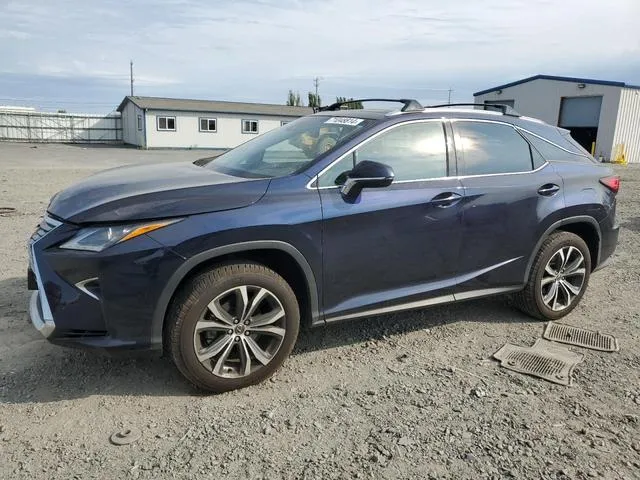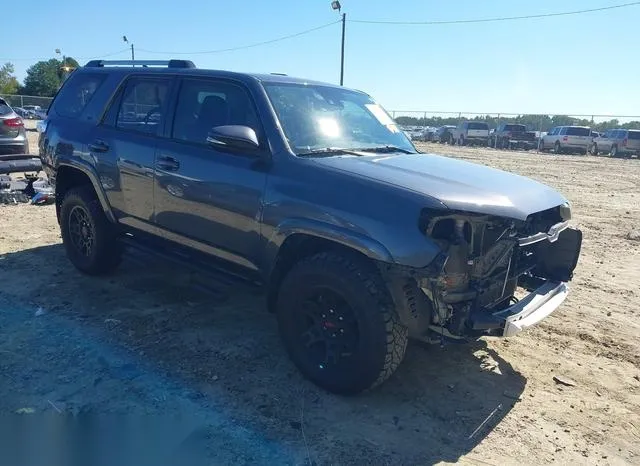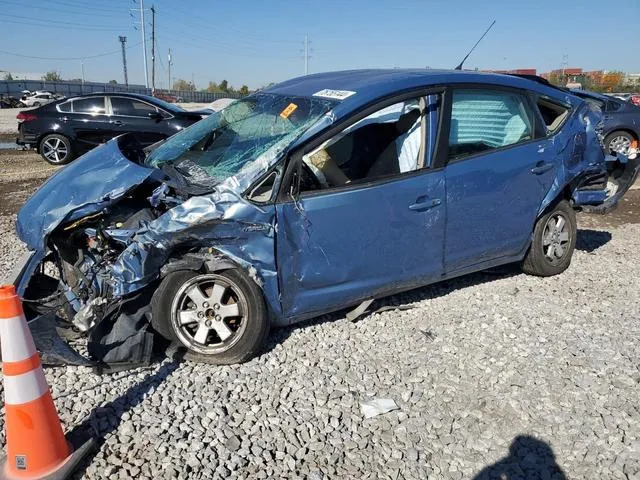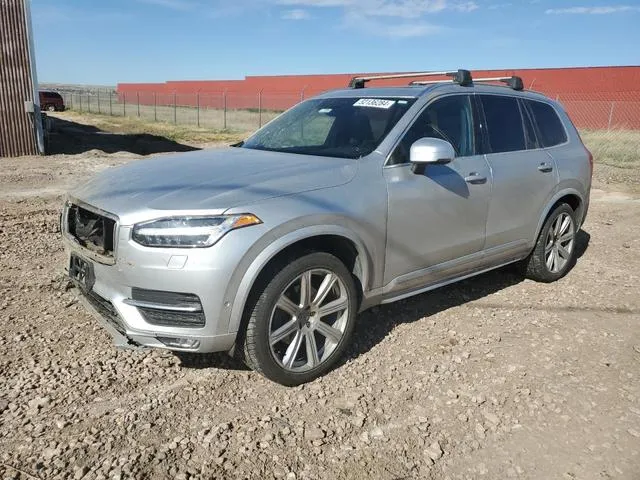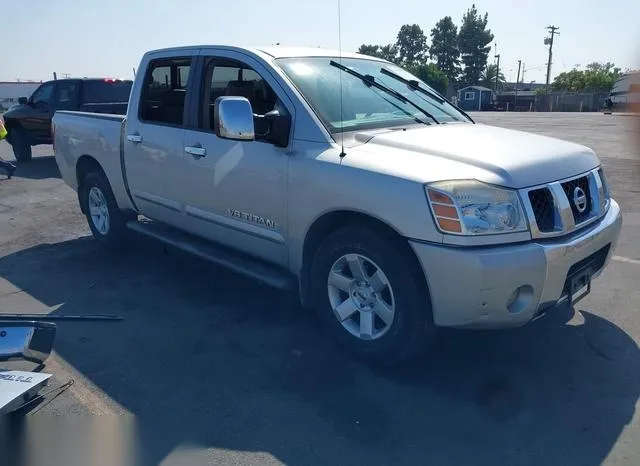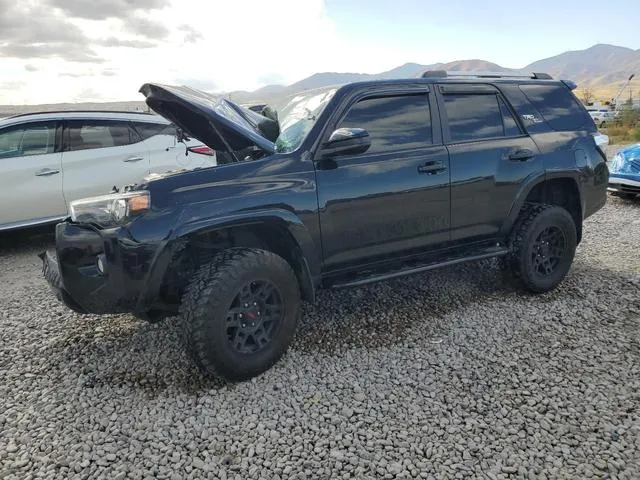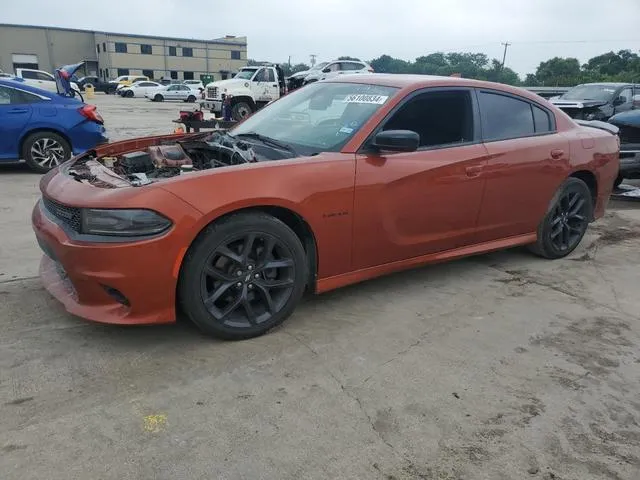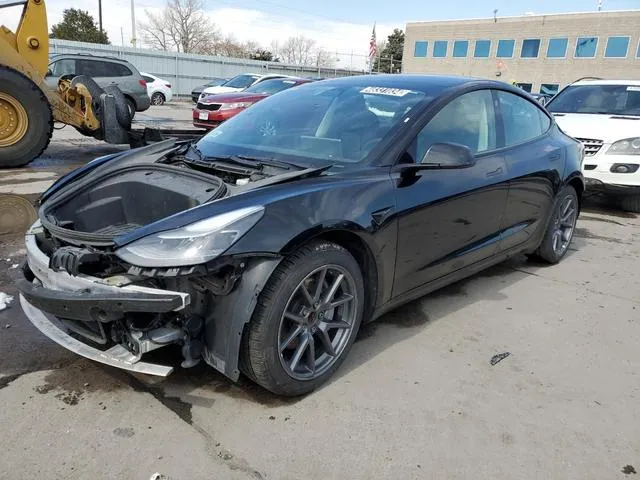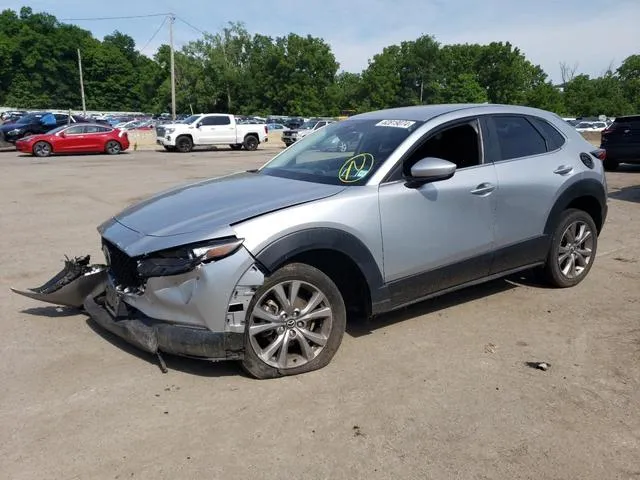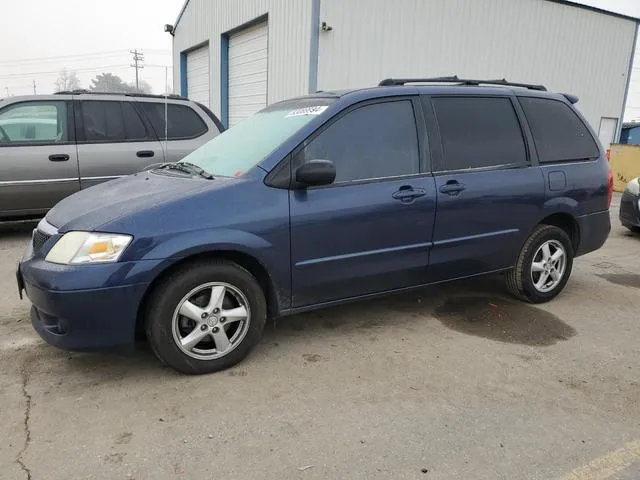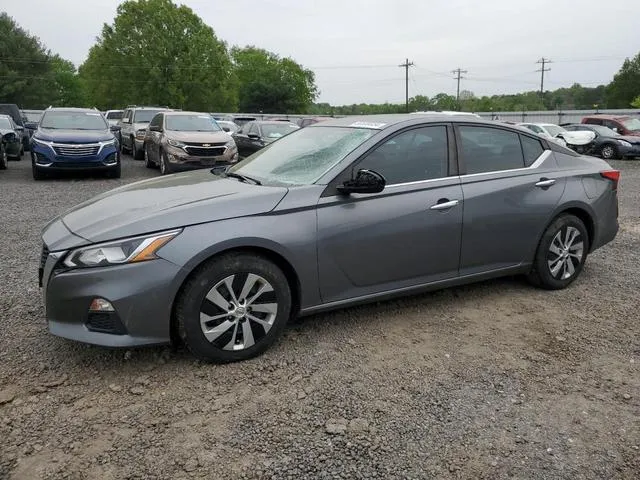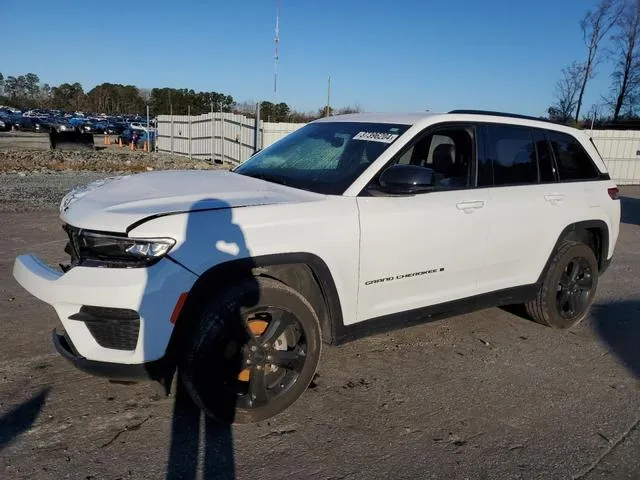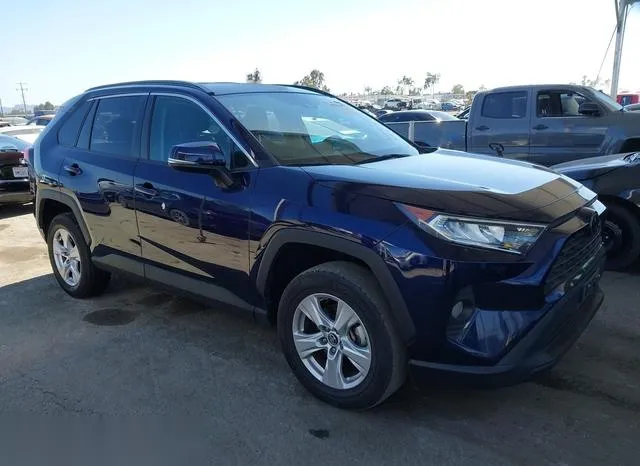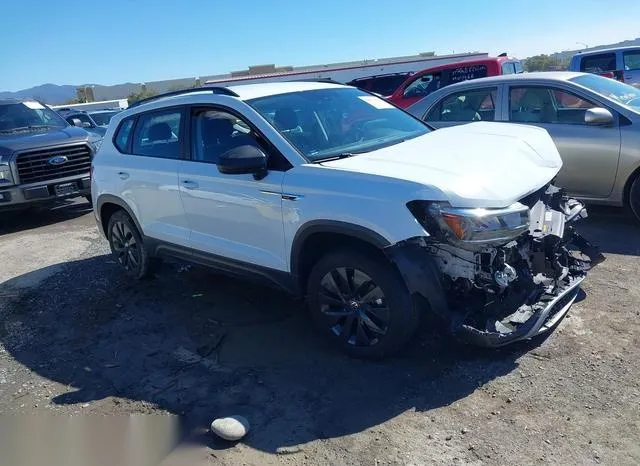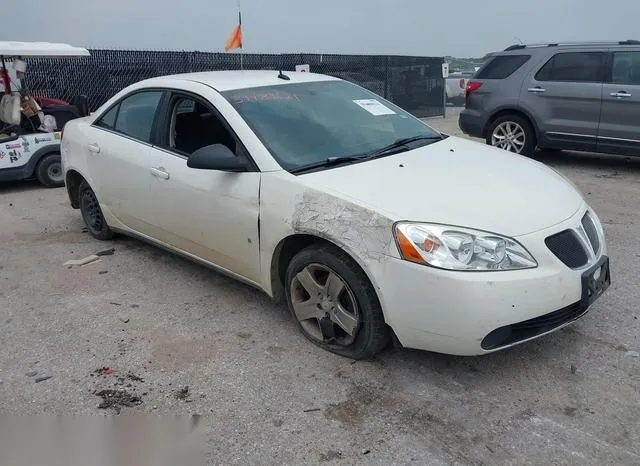Buick: History, Models, and Production Timeline
Buick is one of the oldest car brands in the United States, with a rich history that stretches back more than a century. Founded in 1899 by David Dunbar Buick, the company became one of the cornerstones of the General Motors (GM) empire and has produced a variety of iconic cars over the decades. Known for blending luxury with reliability, Buick has been a symbol of American craftsmanship. In this article, we will explore the journey of Buick, from its inception to the present day, and take a closer look at the major models that have defined the brand.
History of Buick
The history of Buick can be divided into several key periods, each representing significant changes and innovations in the brand's identity and production strategy. Below is an overview of the most important milestones in Buick’s long history:
1899-1910: Early Days and the Birth of General Motors
David Dunbar Buick, a Scottish-born American industrialist, founded the Buick Auto-Vim and Power Company in 1899. The company initially produced engines but soon shifted its focus to automobiles. The first Buick car was built in 1903, and it was equipped with Buick's innovative overhead-valve engine, a technology that helped the company gain an edge in performance and efficiency.
By 1904, Buick had sold 37 cars, which was a modest beginning, but things changed rapidly when William C. Durant, a visionary entrepreneur, took over the company in 1904. Durant was instrumental in transforming Buick into one of America’s leading automobile manufacturers. His success with Buick was so great that in 1908, he founded General Motors (GM), using Buick as the cornerstone of his automotive empire.
1910-1930: Buick’s Expansion and the Rise of Luxury
As part of General Motors, Buick continued to grow and evolve. In the 1910s and 1920s, Buick cars became known for their reliability and luxury, appealing to an upscale market. Buick was also one of the first automakers to adopt the closed-body design, which was more comfortable and weather-resistant than open touring cars.
Some important models during this period include:
| Model | Production Years | Description |
|---|---|---|
| Buick Model B | 1904 | The first production car by Buick, equipped with a two-cylinder engine. Only 37 units were sold. |
| Buick Model 10 | 1908-1910 | One of the first mass-produced models, the Model 10 helped establish Buick as a reliable car manufacturer. It was small, lightweight, and affordable. |
| Buick Six | 1914-1925 | This model marked Buick's shift to larger, more powerful cars with a six-cylinder engine. It became popular among American families. |
1930-1950: The Classic Era of Buick
The 1930s and 1940s were known as Buick's "Classic Era." During this time, Buick solidified its reputation as a maker of luxurious yet affordable cars. The introduction of straight-eight engines in 1931, along with the development of aerodynamic designs, helped Buick become one of the most popular car brands in the U.S.
During World War II, Buick shifted its production to support the war effort, building aircraft engines, trucks, and other military equipment. After the war, the brand quickly returned to producing stylish and reliable cars for the growing American middle class.
Some notable models from this period include:
| Model | Production Years | Description |
|---|---|---|
| Buick Special | 1936-1958 | The Buick Special became one of Buick's best-selling cars, offering a balance of luxury and affordability. It was reintroduced several times with different designs. |
| Buick Roadmaster | 1936-1958 | A full-size luxury car, the Roadmaster was the pinnacle of Buick's line during this era, offering advanced features like power windows and a powerful straight-eight engine. |
| Buick Super | 1940-1958 | This model was positioned between the Roadmaster and Special, featuring a larger body and more luxurious interior than the Special. |
1950-1970: Post-War Innovation and Growth
After World War II, Buick embraced new technologies and designs, helping to shape the automotive industry. This era saw the introduction of V8 engines, the development of sleek, modern designs, and the production of several iconic models. Buick was also a leader in safety innovations during this time, with many of its cars equipped with advanced features for the era.
Some of the most important models of the 1950s and 1960s include:
| Model | Production Years | Description |
|---|---|---|
| Buick Skylark | 1953-1998 | Introduced as a limited-edition convertible, the Skylark became one of Buick's longest-running nameplates, evolving into a compact car in the 1960s and beyond. |
| Buick LeSabre | 1959-2005 | The LeSabre was one of Buick's most popular models, known for its affordability and comfort. It was offered in various body styles over the years, including sedans, coupes, and station wagons. |
| Buick Electra | 1959-1990 | A luxury model that replaced the Roadmaster, the Electra offered more space, power, and advanced features. |
| Buick Riviera | 1963-1999 | A stylish personal luxury coupe, the Riviera became one of Buick's most iconic designs. Known for its sleek lines and powerful V8 engines, it appealed to a younger, affluent audience. |
1970-2000: Downsizing and Adaptation
The 1970s brought significant changes to the automotive industry, including rising fuel prices and stricter emissions standards. Buick, like other American manufacturers, had to adapt to these new realities by downsizing its vehicles and improving fuel efficiency. Despite these challenges, Buick continued to produce successful models that catered to both luxury and mainstream markets.
Key models from this period include:
| Model | Production Years | Description |
|---|---|---|
| Buick Century | 1973-2005 | The Century was a mid-size model that offered solid performance and fuel economy. It was popular among families and continued to evolve over three decades. |
| Buick Regal | 1973-present | Initially launched as a personal luxury car, the Regal evolved into a mid-size sedan and is still in production today. It has been offered in both sporty and luxury variants over the years. |
| Buick Park Avenue | 1991-2005 | A full-size luxury sedan, the Park Avenue was known for its comfort, quiet ride, and powerful engines. It was a favorite among older buyers looking for a premium driving experience. |
2000-Present: Modernization and Global Expansion
In the 21st century, Buick has undergone a significant transformation. The brand has modernized its lineup, offering more contemporary designs and improved technology to appeal to a younger, global audience. Buick has also expanded its presence in China, where it has become one of the most popular car brands.
Recent models reflect Buick’s new direction, with a focus on SUVs and crossovers, which have become increasingly popular in the global market.
| Model | Production Years | Description |
|---|---|---|
| Buick Enclave | 2007-present | A full-size luxury crossover, the Enclave offers a spacious interior, advanced technology, and strong performance. It is one of Buick's best-selling models today. |
| Buick Encore | 2013-present | A compact crossover, the Encore has been a key player in Buick's global strategy, offering style and efficiency in a smaller package. |
| Buick LaCrosse | 2004-2019 | A large sedan that combined luxury with modern design and technology, the LaCrosse was a flagship model for Buick in the 2000s and 2010s. |
| Buick Envision | 2014-present | A mid-size SUV that has found success in both North America and China, the Envision offers a blend of luxury, technology, and versatility. |
Conclusion
Buick has been a symbol of American automotive excellence for over a century. From its early days as a pioneer of engine technology to its modern lineup of luxury SUVs and crossovers, Buick has continually evolved to meet the demands of the market. As the brand continues to innovate and expand globally, it remains a key player in the automotive industry, blending tradition with modernity.



